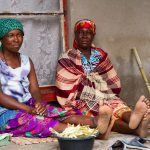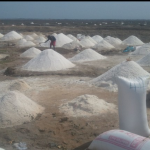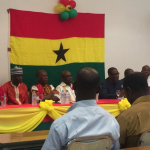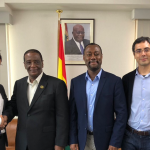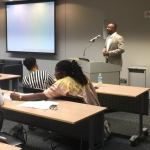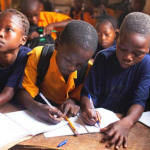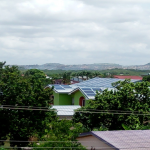CULTURE AND LIFESTYLE IN GHANA.
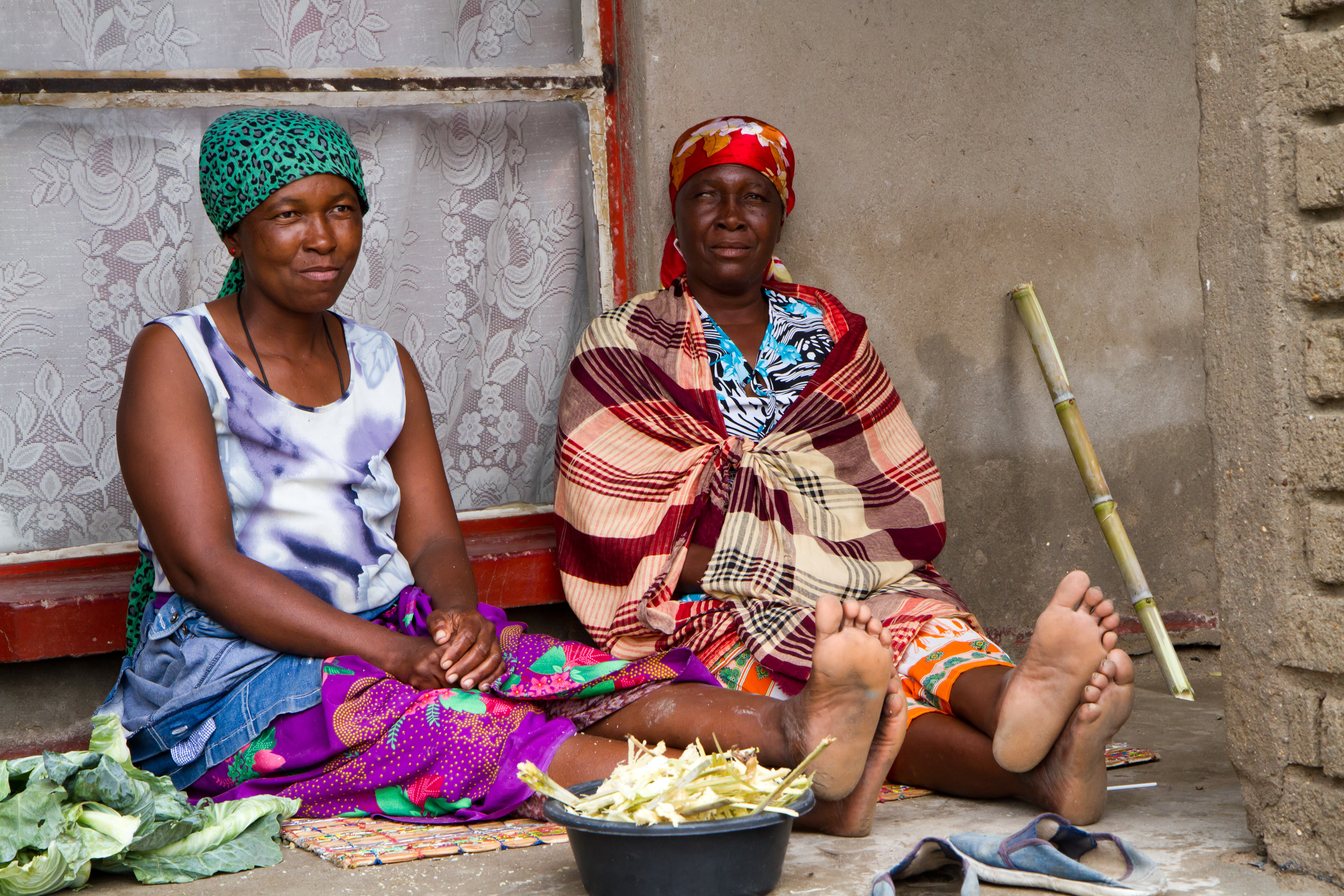
INTRODUCTION
Culture they say is the way of life of people a group of people. It is also the social behavior and norms found in human societies. Culture is considered a central concept in anthropology. It has expressive forms such as art, music, dance, ritual. It also involves cooking and food, shelter, clothing and festivals, among others. Culture is the set of customs, traditions and values of a society or community such as an ethnic group or nation. Culture includes everything that gives a society its identity. It is very vital to creating and sustaining a healthy organization. Culture has several characteristics. These include the following; culture is learned and shared; this means that it is not biological but it’s learnt as we grow. Much of the ways we end up learning culture is unconscious, culture is shared because we share it with other members of our group. Even though it is shared it doesn’t mean that culture is homogenous, culture is also based on symbols; basically this means that it has a lot of things that stand for it or represent for example; language, Culture is integrated and this means that, culture is related to another and to understand culture, one must learn about all of its parts not only few. Another characteristic of culture that keeps it changing and makes it interactive is that, culture is dynamic. Because most cultures are in constant contact with other cultures, they change ideas and symbol as time goes on. Humans have increasingly come to rely upon cultural adaptation even though not all adaption is good as well as all cultural practices, adaptive. Some features of culture like; fast foods, pollution, nuclear waste and climate change are maladaptive. A lot of the times, there’s the issue of ethnocentrism, which is the situation where everyone thinks of his or her culture better and more perfect than others. This sometimes may be destructive as some of the parties involved may not be tolerant. However cultural anthropologists have pushed for cultural relativism. This is the principle that all cultures must be understood in terms of their values and beliefs not by the standards of another.
Ghana is a country in West Africa, bordering the Gulf of Guinea between Togo and Cote D’Ivoire and Togo. It became the first country to gain independence in colonial sub-Saharan Africa. It is noted for the production of cocoa, oil among others. The country is made up of ten regions namely; the Greater Accra Region, Ashanti Region, Central Region, Western Region, Brong-Ahafo Region, Upper West Region, Upper East Region, Northern Region., Volta Region and Eastern Region. The Ghanaian society is a hierarchical one. People are respected because of their age, experience, wealth and or position. Older people are viewed as wise and granted respect. In a group, one can always see a preferential treatment for the eldest member present. With respect comes responsibility and people expect the most senior person to make decisions that are in the best interest of the group. The foreigners’ most common way of greeting is a handshake with a smile. Although many facets of Ghanaian culture vary between ethnic groups, the overall unification of the culture is perhaps one of the reasons why Ghana has enjoyed a stable and peaceful climate in the post-colonial era. Ethnically, the population of Ghana is diverse with three major ethnic and numerous minority groups. The official language of Ghana is English, just one of the lasting remnants of the colonial era on local culture. The English spoken in Ghana, however is with a distinct West African dialect. The use of English given that Ghana is surrounded by Francophone countries, has helped establish the Ghanaian identity as distinct from its neighbours. More than a hundred languages and dialects are spoken in Ghana. These languages are spoken basically based on where the speaker is located. The people of the Central, Ashanti, Eastern and Western Regions speak; Fante, Twi, Akuapim or Akyem and Nzema respectively. The Brong-Ahafo region has the Mo, Bono and Nafaanra being spoken there. In the northern, there seem to be a wider range of languages spoken there. These include; Dagbane, Gonja, Vagla, Tumpulma, Nawuri, Maprulu, Konkomba, Hanga, Bassari, Bimoba, and Chokosi. Languages like Kasem, Koma, Kulsaal, Frafra, Birifor and Buli are spoken in the Upper East Region. The Greater Accra Region is noted for languages like Ga and Adangbe. Dagaare, Waale and Sisaala are spoken in the Upper West Region. The Volta Region has languages like Ewe, Guan, Ntrubo, Delo, Nkonya, Bliem and Adele.
Some characteristics of the Ghanaian culture that has been observed over the years by foreigners include; community being everything, systems don’t work but people do, people adore dancing, greetings are imperative, the way you dress matters a lot and then bargaining being a form of art. Most of the things we get to know about the Ghanaian culture might have changed or attached some things to itself currently due to civilization and Christianity. In the olden days some acts were performed which were barbaric. It is thus noted that, the colonial masters did not only come for trading and slavery but their presence made a difference in some parts of our culture.
The Ghanaian culture has not only helped only helped to maintain tradition but has done a lot more. Some people travel to Ghana from overseas just to see the display of the rich Ghanaian culture. This has even given some foreign investors interest in the country. From the food eaten to the dress worn during festivals and others occasions, it’s by no doubt that Ghana has a rich culture.
As stated earlier Ghana has ten regions. These regions are made up of different tribes or ethnic groups some of which form just a minute percentage. Every group is distinct based on the food they eat, how they dress, language they speak, how they accept and do their marriages, festivals they celebrate, the kind of tools they use both for work and cooking, where exactly they are located and so on. Some tribes may have something in common due to the fact that they hail from one particular ancestor.
The Greater Accra Region, which has Accra as its capital occupies the smallest area of land among the ten administrative regions and the second most populated region. Geographically, it used to be part of the Eastern Region. It was created by the Greater Accra Region Law (PNDCL 26) as a legally separated region. It is made up of sixteen administrative areas and has tourists’ sites like the Shai Reserve, Lakeside Marina Park, Kwame Nkrumah Memorial park among some others. It’s also noted for the existence of certain beaches like; labadi, bojo, kokrobite and so on. The National Theatre, and Independence Square are examples of national monuments in the region. The region has rich history associated with some of its monuments like the James town fishing port and some of its markets. Basically, the region is made up of the Ga people and the Adangbes. The Ga’s celebrate the Homowo festival every August. It is celebrated in remembrance of a great famine that hit the land some centuries ago. The Adangbes celebrate the Asafotufiam also known as Asafotu, an annual warrior festival celebrated in July in through August. The region is noted for foods like the Ga kenkey and fish with shito.
The Central Region has Cape Coast as its regional capital. Historically the region was part of the Western Region until it was separated just before the 1970 population census. Being the third smallest region after the Greater Accra Region and Upper East Region. , it covers an area of 9.826 square kilometers. It is made up of a lot of tourist sites and hence known as the heart of tourism in Ghana. The likes of the Kakum National Park, Hans Cottage, Elmina and Cape Coast Castle, Monkey Sanctuary makes it always filled with visitors. The region is made up of Fantes but some of these Fante tribes speak different languages. We have the Efutus, Assins, Gomoa, and so on. Recognized among them is the Aboakyir festival of the people of Winneba, Bakatue of Elmina as well as Edina Bronya, Akwambo festival of the people of Agona, Okyir Festival, of the Anomabo people, Nyeyi and Tuakron of the people of Komenda, and the Oguaa Fetu Afahye of the people of Cape Coast. The Fantes are well noted for ‘Etew’ / ‘Fante dokonu’ and pepper with fried fish or okro soup or fresh fish stew.
Etew with pepper and fish Etew with fresh fish stew.
Sekondi-Takoradi, also known as the oil city is the Capital of the Western Region. The Western Region is located in southern Ghana, it spreads from the Cote D’Ivoire border in the west and Central Region in the east. It includes Ghana’s southernmost location, Cape Three Points, where crude oil was discovered in commercial quantities in June 2007. The Western Region has the highest rainfall in Ghana, lush green hills, and fertile soils. There are numerous small and large-scale gold mines along with offshore oil platforms dominating the Western Region economy. It is also made up of Akans of different backgrounds. We have the Ahantas or the Nzemas. These people celebrate the Kundum Festival and have ‘Acheke’ with grilled fish and pepper as their native food.
The Eastern Region of Ghana has Koforidua being its capital. The region is rich in minerals like bauxite, diamond, gold among others. It’s the sixth largest region of Ghana and the third most populated region. It is noted for the popular Adomi Bridge and the Akosombo Dam. Due to the nature of land there are a lot of ranges, scarp, valleys and mountains. It also has beautiful setting which makes it an impressive tourist site. The region is made up of the Akuapims, Akyems, the Guan, and krobos. Apart from farming, hunting and trading are also industrial activities that go on there. Festivals celebrated there include the Ohum and Odwira of the people of Akuapim, Bobum and Ngmayem for the Krobo’s. The people of the Eastern region usually eat ‘Ampesi and Aboom’ (boiled plantain, yam, cocoyam, cassava with garden egg stew.)
The Brong-Ahafo Region is located in the southern part of Ghana. It was created in the year 1959. It is recognized as the food basket of Ghana. Economic activities like mining, farming and construction are popular there. Another tribe of the Akans live here. They are the Bono’s and the Ahafos. The Guan, the Mo or Dagba are also found in this region. The region is noted for the Fiema monkey santucaury. The food that’s associated with this region is ‘Ampesi’ and ‘Kontomire’ stew with ‘koobi’.
The Northern Region is the largest region of Ghana occupying a land area of over 70,000km. The capital city of this region is Tamale. It is a great transit point with a huge market potential. Being land logged, the region compensates for not having a sea with a wide range of great lakes and lagoons which are just a natural wonder like the black and white Volta, River Naisa and the rest. Tourist sites like the Larabanga Mosque and Mysterious Stone, Mole National Park and the Salaga Slave Market. Festivals noted here are the Damba and Gobandawu Yam Festivals. The people of this region are noted for being lovers of ‘Tuo Zaafi’ or Rice ball with groundnut soup and beans.
With the Upper East Region being the main border point between Ghana and Burkina Faso, its capital, Bolgatanga has a market which is number one for traders from all walks of life. It’s a region noted for beautifully woven clothes, baskets and quality leather. The whistling rock of Tongo, Naa Gbewa Shrine, Paga Crocodile pond and the Navrongo Mud Built Church are great sites tourists take keen interest in. Farming of groundnut, millet, and guinea corn and yam is very popular here. The food that is attributed with these people is ‘rice ball and groundnut soup with beans’.
The Volta Region of Ghana is located on the Eastern Borders of Ghana. It is the last region created, and made up of basically the Ewes. The Mountain Afadjato is one site to behold in the region not to talk of the Wli and Tsatsadu water falls. The people of Anlo, one of the Ewe tribes celebrate the Hogbetsotso festival. ‘Akple and okro’ soup is the most popular food in this region. Ho is the Capital town of the region.
The Upper West Region has a land area of 8,842 square kilometers (3%) of Ghana’s total. The Dagarba, Lobi, Sisala, Vagla and the Wala, all of who speak distinct languages, inhabit this region. It is the gateway to Ghana from Burkina Faso, which is a traditional crossroads for the Trans-Saharan trade routes. An exciting introduction to Ghana, much of the landscape is broad savannah grasslands, dotted with the strange-looking baobab trees, or striking Sahel terrain. In the villages, with their distinctive round huts, communal activities go on as they have for generations. Its members eat tuo zafi and ayoyo soup. The Upper Westerners are basically farmers of millet sorghum, maize, groundnut and mango.
One of the regions in Ghana that is very notable is the Ashanti Region. This region has it folks everywhere. They are very loyal and patriotic. Some others term them as being egocentric. It has Kumasi as its Capital. It is the gateway to the rich Ghanaian culture with a lot of gold mining areas. It is the third largest region. About half of the population is involved in trading. The Ashanti’s do a lot of ‘Fufu and soup.
A lifestyle reflects an individual’s attitudes, way of life, values/word view. It is therefore a means of a sense of self and to create cultural symbols that resonate with personal identity. It could be positive or negative depending on the impact it has at the end of the day on the individual and the nation as a whole. In Ghana, there are so many life style practices. Some have actually become a part of the lives of people thus a habit. These practices are both positive and negative. Some of the negative ones include; smoking, alcohol consumption, physical inactivity, indiscriminate sex and teenage pregnancy. These practices are driven by both intentional and unintentional reasons. Some positive attitudes include’ healthy eating, personal hygiene and sanitation, and time consciousness. A lot of people have bad lifestyle which have tremendously affected their lives.
There so many things that make the Ghanaian society unique. A lot of them are still standing because of the urge to preserve and maintain culture. By living a positive lifestyle void of sicknesses, a better standard of living, and by awareness programs to promote a good lifestyle, the country would go a long way.
